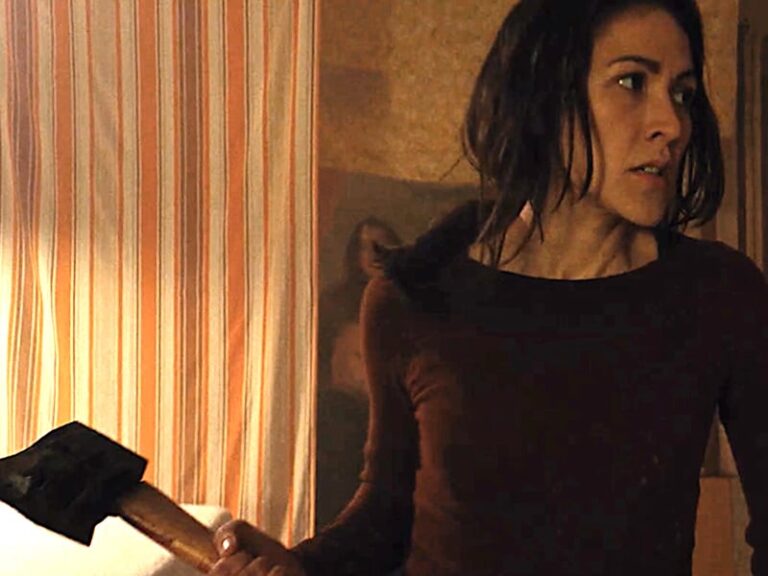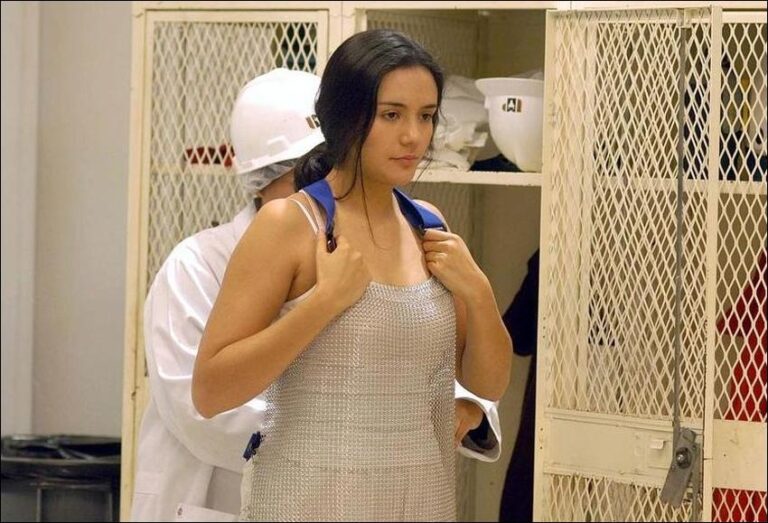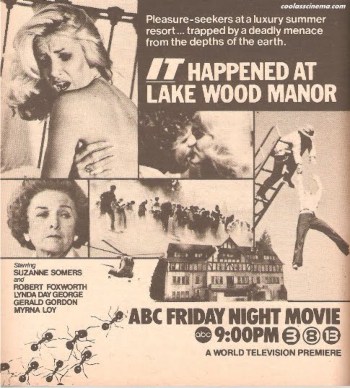Venice Film Festival 2023: Poor Things, Maestro, The Caine Mutiny Court-Martial, The Killer
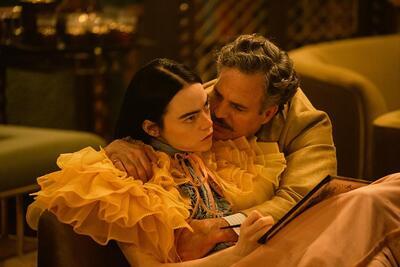
Remember the intermission scene in Mel Brooks’ 1966 “The Producers” where a won-over theatergoer bursts into the bar and exclaims, “Did you ever think in a million years you’d ever love a show called “Springtime for Hitler’?” I don’t want to be glib or make any appalling false equivalencies here. Just point out that film festivals can surprise you in astonishing ways. I’ve gone on record, with a large amount of social-media truculence, about how very little I enjoy the work of director Yorgos Lanthimos. Indeed, in my most recent Twitter pensées on the director—not ALL that recent, as they pertain to his 2019 picture “The Favourite,” I went so far as to deem his filmography a long con. I don’t like what I took as a simplistic, scab-picking nihilism inherent in his vision and I didn’t like his cinematic way of expressing it. I almost literally went into one of the press screenings of his new picture, “Poor Things,” premiering here at the Venice Film Festival, with gritted teeth.
And like quite a few of my critical colleagues, I actually ended up loving it. I allow that sometimes I get a bad case of film-festival-itis, which leads me to stretch my overall glass-half-full baseline approach, but I don’t think that’s it here. I do think this sprawling, big-scale, hilariously grotesque tale that shows us, literally, a child that is mother to the woman, works in part because it’s not Lanthimos’ own. Unlike other withhold-all-pleasure-from-the-viewer concoctions such as “The Lobster,” Lanthimos had no hand in the script and the source material is a novel by Alasdair Gray, a genre writer (and illustrator) of considerable wit and inventiveness.
This story, set in a fantastic (some will dare to call it steampunk) Victorian London and beyond, resembles “Bride of Frankenstein” if you took away the male monster seeking a mate (don’t worry, there are enough non-dead-tissue-reanimated male monsters in the story, eventually) and added a powerful libido to the initially amoral bride. The movie belongs to lead actor Emma Stone as much as it does to its director. We meet Bella, a thoroughly perplexing creature at first, as an infant in the body of a full-grown woman. This, as it happens, is literally the case, for she is the contrivance and the ward of a not-quite-mad but terribly ethics-challenged (in the “hurt people hurt people sense) scientist, Godwin, referred to be many as “God,” and played by Willem Da Foe.
A cad and a bounder played by Mark Ruffalo (here channeling Austin Powers if he had the sexual politics of a very drunk Norman Mailer), intrigued by the ever-advancing woman-child, who has recently taught herself to masturbate and is pretty much hooked, steals Bella away for a trip through Europe during which the woman all but wears out her rakish squire with an insatiable desire for “furious jumping.” The resultant rising and falling fortunes of the couple of course bring to mind “Candide.” The movie makes no bones about its fractured fable category, and leans hard into the horror genre, which is all to the good. The fisheye lens that Lanthimos did to death in “The Favourite” gets a workout here, but it’s not the only one he uses, and his breaking out from black-and-white into color is more purposeful than it is in the next movie I’ll talk about. The story has some quite stomach-churning twists before getting to an ending very unlike that of any prior Lanthimos picture. Everyone I know thinks I’ve lost my mind when I tell them how much I enjoyed this. They, and you, will just have to see for themselves.

When I saw Bradley Cooper’s “A Star is Born” here in 2018, I held a begrudging admiration for some of its components, along with a weary resignation that this kind of precision-engineered Oscar bait would represent the only big-studio-backed- alternative to horrific franchise dreck. Things have actually gotten worse since then — while “Star” was Warner Brothers project (you remember Warner Brothers, no?), Cooper’s new picture, a biographical consideration of protean American musician Leonard Bernstein, “Maestro,” is a Netflix joint and could well represent one of the last gasps of the streamer’s own interest in award-chasing. But I’m not a Variety analyst for heaven’s sake, so let’s just talk about the work.
“Maestro” doesn’t quite cut it as a film. It begins with a quote on screen from Bernstein himself. “A work of art does not answer questions, it provokes them; and its essential meaning is in the tension within the contradictory answers.” That’s a sentiment I absolutely agree with, but in this context it feels like the film already apologizing for itself. However, “Maestro”’s weakness doesn’t derive from the questions it’s likely to provoke, which are of the most banal sort, as in “Why did she stay with him?” Because, as one might infer from the fact that Carey Mulligan is the top-billed actor in the picture, “Maestro” is a marriage story.
Here, though, is one question the movie provoked that I don’t feel entirely comfortable in articulating, because it might sound as if I’m positing the movie that I wanted to see against the movie I actually saw. But I was befuddled by why the movie just ignored so much of Bernstein’s relation to music. Not just the aesthetic traditions from which he drew, but his collaborations with some of the century’s other great American artists—Stephen Sondheim and Elia Kazan to name two especially important ones who are merely name-checked in a recreated Edward R. Murrow interview.
In one shot the movie literally casts Felicia Montealegre Bernstein, the maestro’s wife, in the shadow of the exuberant conductor. It leaps directly from the couple’s courtship, when Felicia declares to “Lenny,” “I know exactly who you are,” to a dozen years later, when the state of things for her is more like “I absolutely can’t stand who you are.” (Among the things Bernstein is: gay, or bisexual, and philandering.) Of course, the movie fleshes things out a little better than that, only just in time for the couple to face what will be its ultimate challenge of devotion. In this respect the movie has a thematic affinity with “Ferrari.” But in that film the marital antagonists are played by performers perfectly matched. Here, Carey Mulligan, playing against director Cooper’s Bernstein, pretty much acts her co-star off the screen, as a colleague put it. Cooper does his level best, God knows, but never inhabits the role. It plays as a tribute, which it arguably is, but it needed to be more.
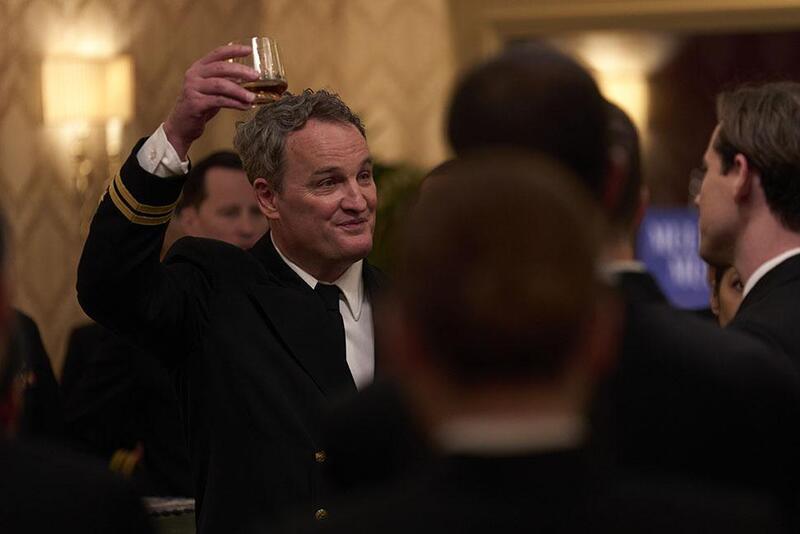
William Friedkin died just last month at the age of 87. His final film, “The Caine Mutiny Court-Martial,” the umpteenth adaptation of Herman Wouk’s novel-turned-stage-play, takes on not the book but the stage work. Unlike the 1954 film “The Caine Mutiny,” which has that monumental Bogart performance, this movie has no scenes on the Caine itself as it endures a failure of command during a cyclone. No, Friedkin, whatever his reason, stuck to the play. The movie has exactly three locations: a Navy courtroom, the hallway outside the courtroom, and a hotel room that’s the scene of a party after the trial.
It’s a pretty terrific sit even if you’re familiar with the other versions. Just as Hitchcock frequently told cinema stories under self-imposed restraint (think of “Lifeboat,” “Rear Window,” “Rope”), here Friedkin resolves not to try to “open up” a stage work but to keep it crackling with basic but sophisticatedly deployed film language. Camera placement and movement, cutting, that sort of thing. The director himself did a rewrite of the play to bring it into the 21st century: here the Caine is a mine sweeper in the Gulf of Hormuz.
The juicy roles in this courtroom drama are catnip for male actors, but Friedkin actually gives the prosecutor’s role to Monica Raymund, because this is a different Navy; she’s superb. Jason Clarke appears as a dogged interrogator for the second time this year (remember how you hated his guts in “Oppenheimer?”), as the defense lawyer with a counsel who finds necessity to be the mother of an ethically challenged but effective strategy. And Kiefer Sutherland, feeling strong as Billy Batts would say, is the eventually shattered Commander Queeg. Cocky until cowed, speaking out of the side of his mouth, Sutherland doesn’t quite make you forget Bogart but instead gives the character a peculiar neocon flavor—a couple of my colleagues saw traces of Dick Cheney in his work, and once or twice I felt Sutherland was maybe channeling … Greg Gutfeld? It’s great work, especially because, by the end, he does make you feel for him a bit. Also outstanding is the late Lance Reddick as the trial’s presiding officer. I don’t know if Friedkin knew this would be his last movie or not, but he’s absolutely not phoning it in for this Showtime production. And there’s some symmetry here; Friedkin’s first movie, “The People Vs. Paul Crump,” was also an examination of our justice system, albeit a documentary. In a statement appended to this movie as a prologue/tribute, Friedkin is quoted as saying the “thin line between good and evil” is what had always fascinated him, and that he’d devoted his work to it. The themes of “Caine” are actually more nuanced than that, and his movie does them up right.
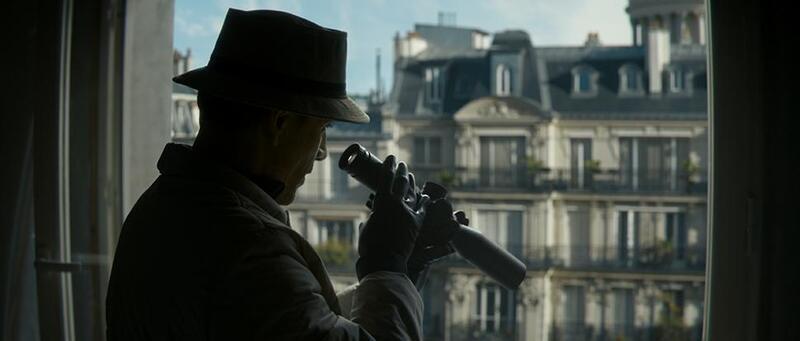
Finally, David Fincher’s “The Killer” is a mordant delight: a meticulously crafted slice of pulp fiction that has maybe the fastest opening credits sequence I’ve ever seen. After which it gets down to the business of Michael Fassbender in a room—an abandoned “WeWork” office, one of the picture’s many sly throwaway jokes about The Modern World We Live In—meticulously preparing for an assassination that he, well, botches. This bravura sequence lasts a half-hour; in voiceover, Fassbender’s hit man articulates his philosophy (a relatively banal quasi-nihilism) and lays out his methods and reassures the viewer “I’ve done my 10,000 hours.” And then he misses the shot. And we hear him think “This is new.”
Based on a graphic novel by Alexis Nolent (the script is by Andrew Kevin Walker, whose “Seven” was the breakout picture for both writer and director), “The Killer” actually does bring something new to the genre despite drawing with great resourcefulness and stealthy self-consciousness on what we pros call genre tropes. Despite his assertion that a guy in his line of business can’t afford to give any you-know-whats, he is perturbed to find someone he cares about gravely injured as part of the blowback for muffing the job, and he moves with great dispatch and utter ruthlessness to take his revenge.
The movie is arguably pretty cold but has a good sense of humor about it. And every frame is just a joy to behold. Fassbender is superb at showing you how hard the character has to try, a lot of the time, to look unruffled. Top players like Charles Parnell, Arliss Howard and especially Tilda Swinton make a mark. There’s a hand-to-hand (and every other extremity and body location) knock-down-drag-out fight midway through that’s reminiscent of a similar pounding Fassbender took from Gina Carano in Steven Soderbergh’s “Haywire” back in 2011. The directors are friends, so you would not be wrong in detecting a little “Can you top this” attitude here. Several of the running jokes are too good to spoil, one of which involves the assassin’s fake ID names, and it’s such a thoroughly Americanized bit that none of the Europeans at my press screening seemed to get it. But it’s funny. Trust me.



